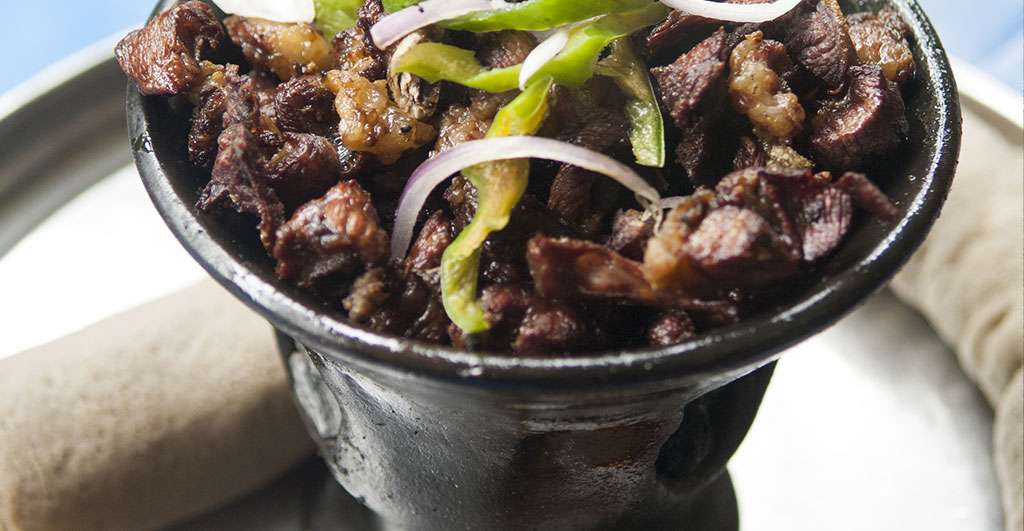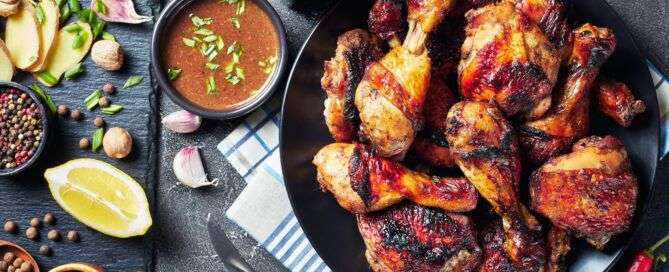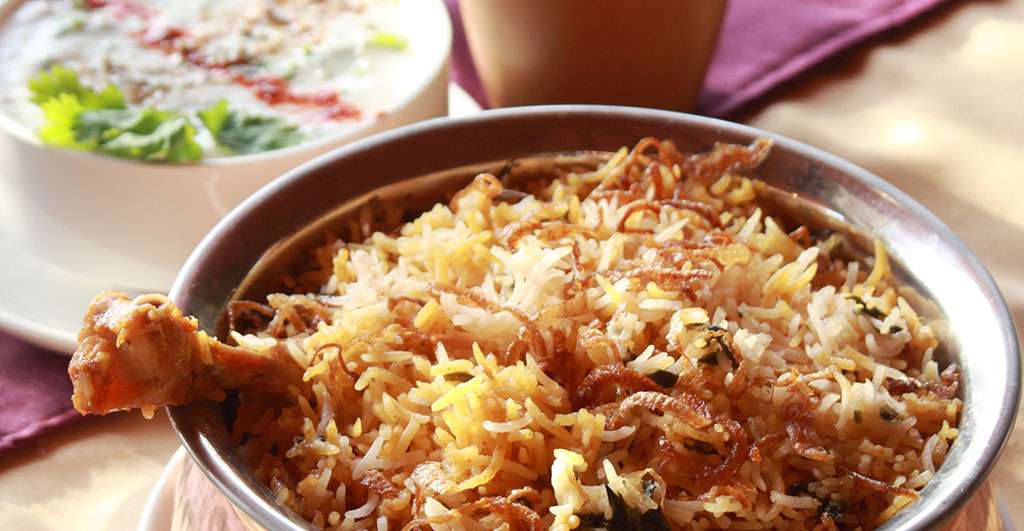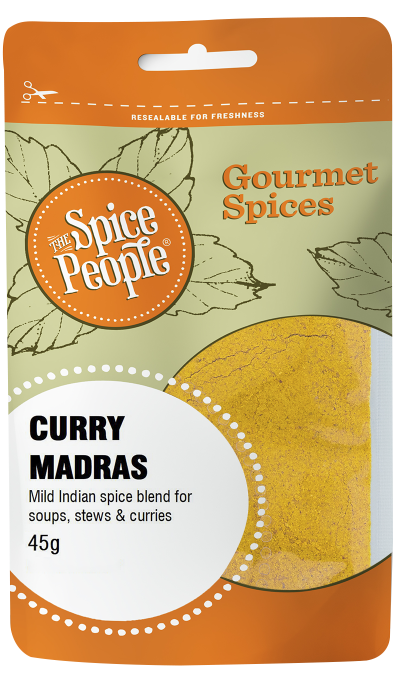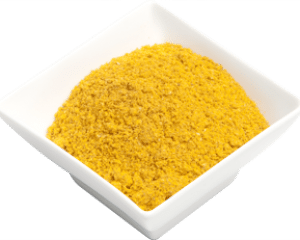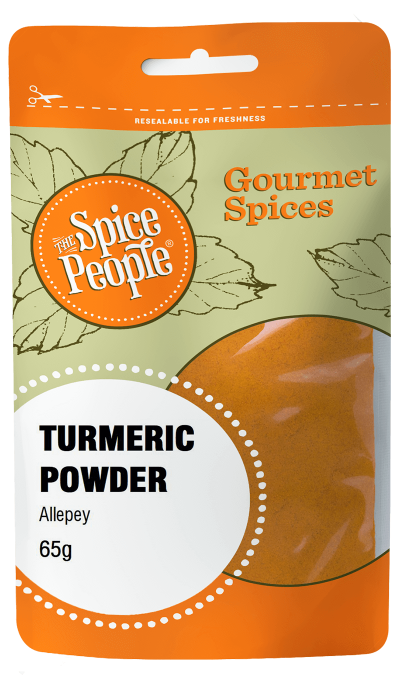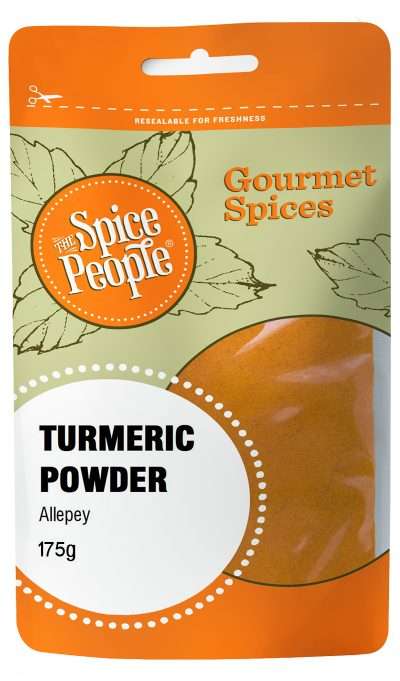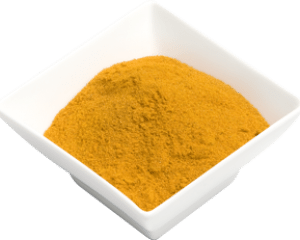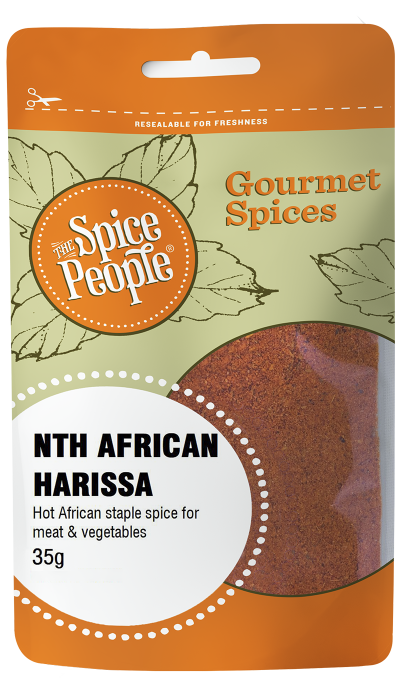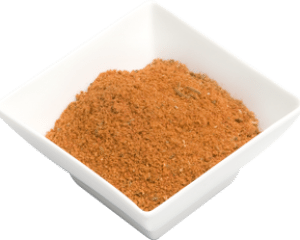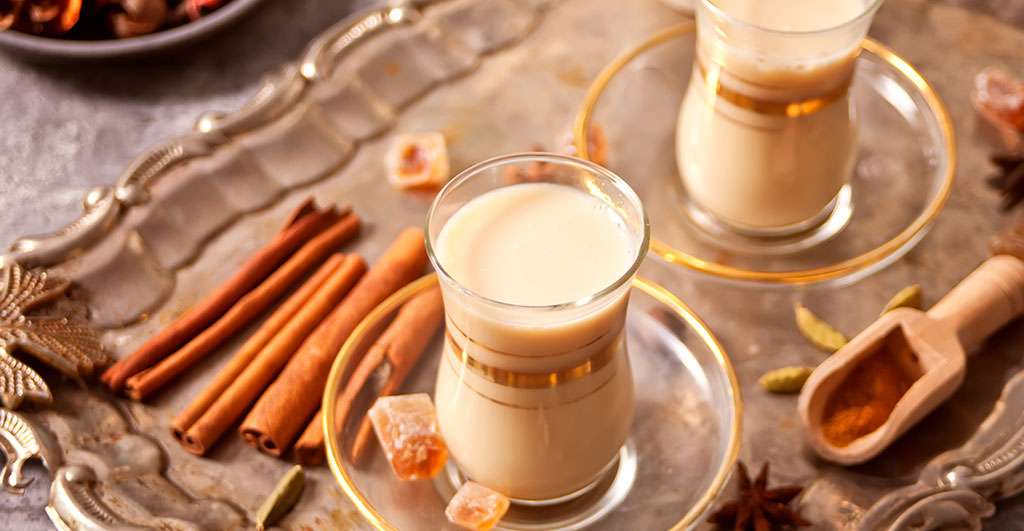Traditional Moroccan Dishes and Foods
The Tagine The most commonly cooked Moroccan food dishes consist of lamb, followed by chicken, and are usually prepared…
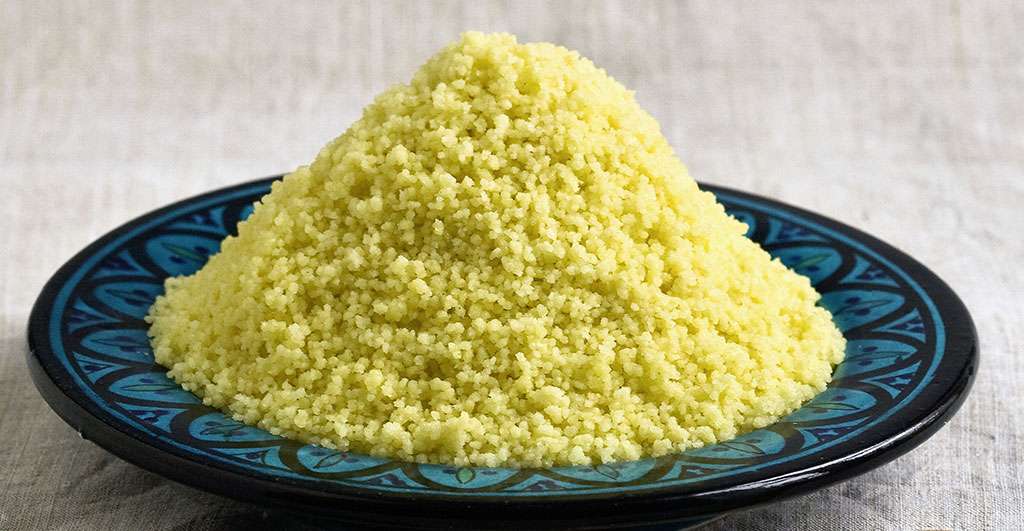




The Tagine
The most commonly cooked Moroccan food dishes consist of lamb, followed by chicken, and are usually prepared the traditional way in a tagine. A tagine is a traditional round clay dish with a cone-shaped lid used to lock in heat and flavour, braising meat and vegetables until tender and super-fragrant. Along with meats, legumes such as lentils and chickpeas are also popular to add protein. Hearty vegetables like pumpkin, potatoes, and carrots are commonly added to tagines with the clever additions of olives for saltiness and fruits like currants and pomegranate seeds for sweetness.
Couscous
In Morocco, almost no dish is eaten without couscous. A combination of wheat flour, semolina, barley, and corn, couscous is milled and rolled into a fine grain that swells and softens when cooked in hot water or stock. Its light, fluffy texture and neutral flavour make it the perfect vehicle for the rich flavours of the tagine. Much like in other parts of Africa, your hands are your best cooking and eating tool in Morocco. Preparing and eating Moroccan food is an immersive, tangible experience that’s a true ritual and pleasure in one’s day and a process to be valued and respected.
Loubia
Moroccan Loubia is a traditional dish consisting of stewed white beans. Very popular in Moroccan homes, the beans are simmered in a zesty tomato-based sauce and then scooped up with Moroccan bread. Served as either an appetizer garnished with some coriander or parsley, as a side dish alongside fried fish or baked chicken, or as one of the staple Moroccan street food recipes, this versatile, hearty dish is a healthy and filling traditional classic.
Harira
Another of the iconic Moroccan street food recipes is Harira – a herb-rich, tomato-based soup with a velvety-smooth, creamy texture, as the word hareer signifies velvetiness in Arabic. Rated the most popular soup in Morocco, Harira is made from various legumes such as lentils, fava beans, chickpeas, tomato sauce, harissa paste, and fresh herbs such as parsley, turmeric, saffron, lemon, caraway seeds, and coriander. These staple ingredients most commonly comprise this traditional Arabic dish; however, every region in Morocco has its version of the soup and it is commonly eaten to break one’s fast after Ramadan.
Moroccan Accompaniments
Popular condiments served alongside Moroccan food dishes include fresh yoghurt, mint, and coriander in oil with fresh lemon and, most commonly, harissa. Harissa is a rich, red, and spicy paste originating in North Africa and will ramp up the heat in any dish. Harissa is a blend of hot, red chillies, garlic, citrus, a few warm spices, and olive oil, this warming sauce is a staple in Morocco.
Drinks to Accompany Moroccan Foods
Commonly served after lunch as a digestive and afternoon pick-me-up is Moroccan mint tea. Brewed with dried green tea, bundles of fresh mint leaves, and spoons of sugar, this iconic national drink was said to be introduced to the country in the 18th century and has been a tried and tested remedy and afternoon ritual since.
Another favourite drink served on hot days is a sweet combination of carrot and orange blended to make a refreshing thick smoothie-like drink usually enjoyed super-cold with a spoon. This combination is also commonly used in salads. Fresh, crunchy carrot is shredded then doused in sweet orange juice to be served alongside hearty tagines.
When it comes to the best wine with Moroccan food, fresh and zesty whites like Riesling and Pinot Gris served alongside light fish or chicken dishes create a perfect accompaniment and bold, fruity reds like a Sangiovese, tempranillo or shiraz marry seamlessly with rich lamb and beef tagines.
Moroccan Sweets
For dessert time in Morocco, a sweet treat enjoyed is Chebekia – a flower-shaped sesame cookie that’s fried and then doused in sweet honey and is enjoyed after the meal. Following any and every meal, however, no matter the time of day is fresh fruit. A communal fruit platter is placed in the middle of the table for sharing and is thought to help the digestion of foods.
Discover more Spices
Similar Blog Posts
Join the Spice People to Get Started on Your Culinary Spice Journey!
Be the first to hear about our exclusive promotions, new product releases, recipes and more.









